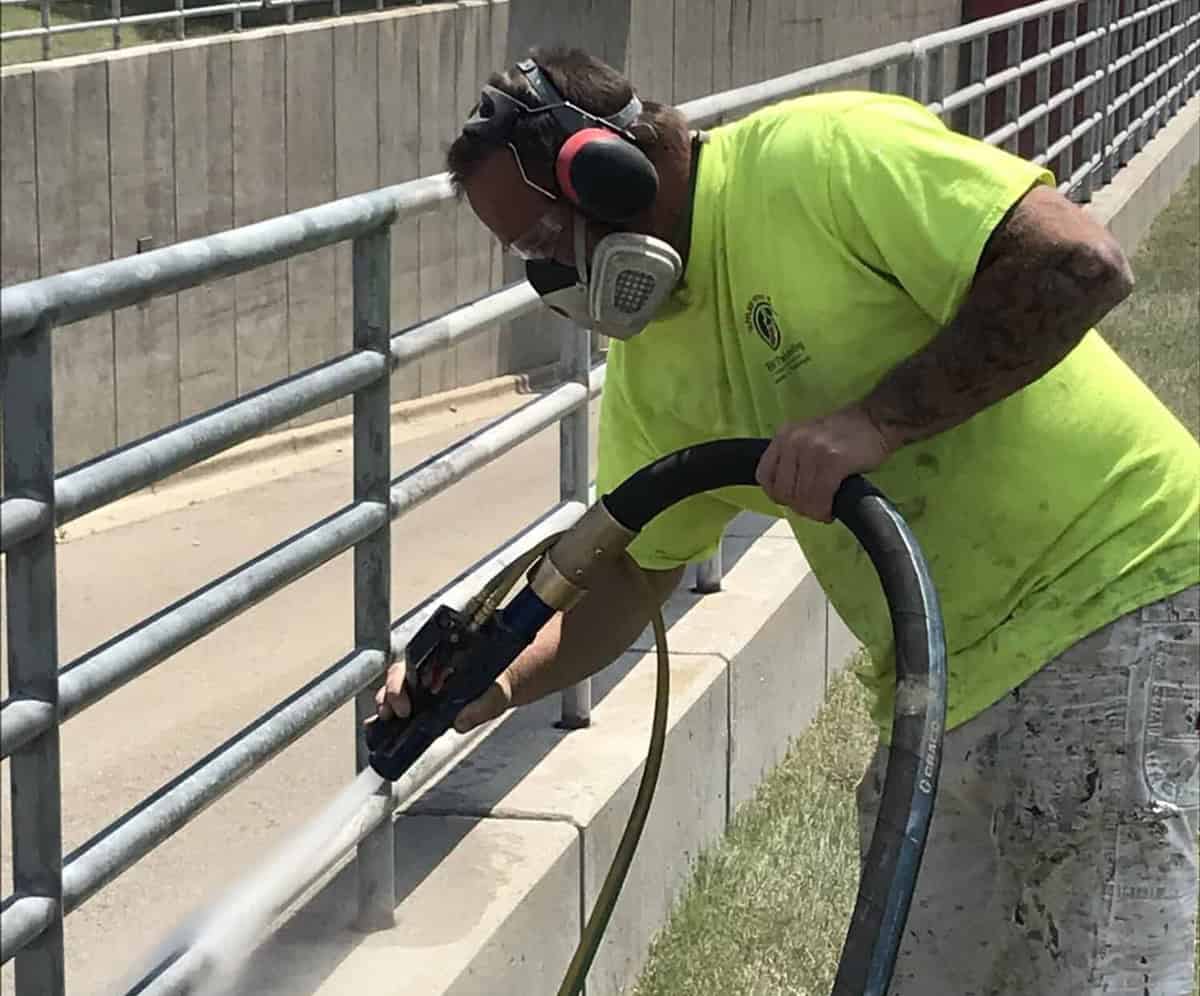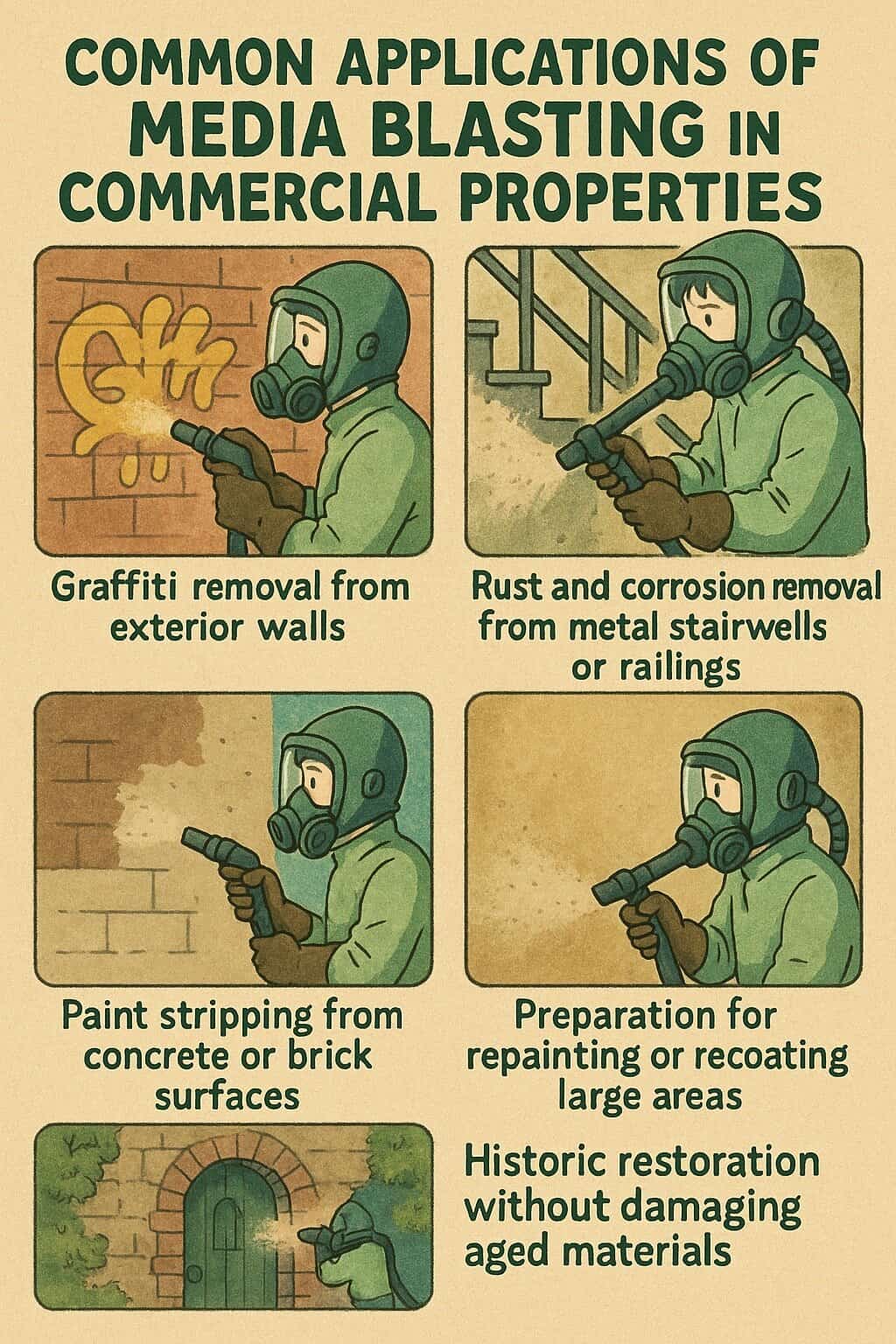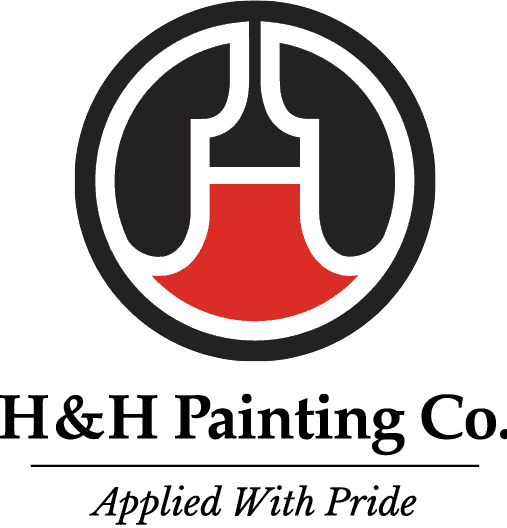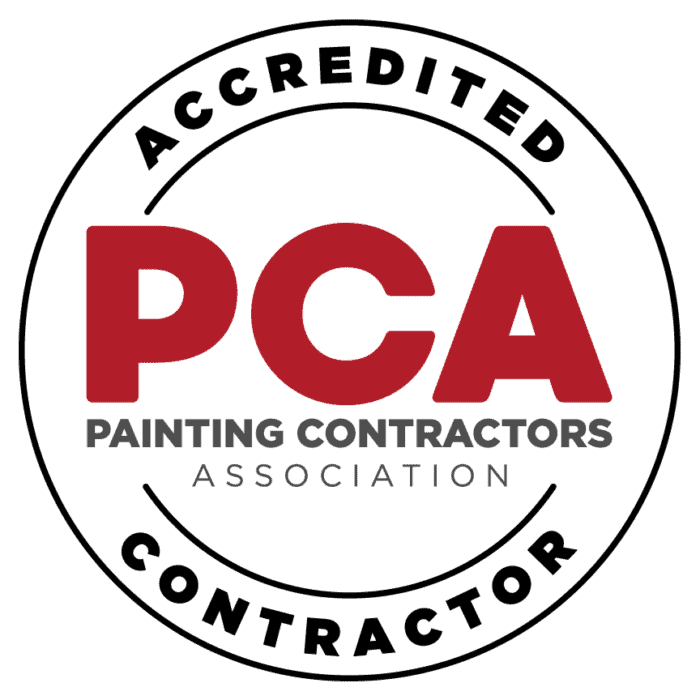If you’re a commercial property owner exploring ways to restore or clean large surfaces, you’ve probably come across media blasting services. And you’re likely wondering, what is media blasting and how does it work? In this article, we’ll break it down simply and directly, answering the most common questions property owners ask.
Key Takeaways:

What Is Media Blasting?
Media blasting is a method of cleaning or preparing surfaces by forcefully propelling abrasive material (called media) under high pressure. The purpose? To remove unwanted substances like old paint, rust, dirt, or graffiti, and leave behind a clean, smooth surface ready for refinishing or repainting.
While sandblasting used to be the industry standard, media blasting has taken over due to its safety, flexibility, and environmental advantages.
How Does Media Blasting Work?
At its core, the process is straightforward:
- A technician loads a blasting machine with the chosen media.
- Compressed air forces the media out of a nozzle at high speed.
- The stream of media hits the surface, scraping away the unwanted material.
The technician can adjust the pressure and media type based on the material being treated — whether it’s brick, metal, concrete, or wood.
Types of Media Used
Different projects call for different blasting materials. Here are a few common options:
Great for metal surfaces, glass beads offer a smooth, uniform finish without removing too much base material. They’re especially effective for polishing stainless steel, aluminum, or chrome components, leaving them clean and with a satin sheen.
This media is both biodegradable and soft enough for use on fragile surfaces such as wood, fiberglass, or historic masonry. It’s a preferred option when surface preservation is critical.
A non-abrasive option, baking soda gently removes contaminants like oil, soot, or mold without scratching or pitting the underlying surface. It’s ideal for cleaning machinery, food processing equipment, or fire-damaged interiors.
Designed for stripping paint or coatings without altering the substrate, plastic media is excellent for automotive applications or aerospace components. It’s a go-to solution when fine tolerances and surface integrity must be maintained.
Choosing the right media is key to the success of any media blasting services project.
Common Uses of Media Blasting in Commercial Properties
Media blasting has a wide range of applications, especially in commercial settings:

If your building needs a serious cleanup or prep work for renovation, media blasting might be the ideal solution.
Benefits of Media Blasting
Why do commercial property owners choose media blasting services? Here are a few big reasons:
Media blasting can clean or strip expansive surfaces like building facades, industrial tanks, or warehouse floors far faster than manual methods. It ensures a uniform finish in a fraction of the time.
Because it saves labor hours and eliminates the need for harsh chemicals or repetitive scraping, media blasting lowers overall project costs significantly.
Many blasting materials, such as baking soda or crushed walnut shells, are non-toxic, biodegradable, and safer for the environment and nearby landscaping.
Unlike harsh grinding or abrasive sanding, media blasting can be calibrated to suit delicate surfaces, such as historical brickwork or soft metals, preserving their structural integrity.
A properly blasted surface offers excellent texture for paints, sealants, or coatings to bond securely, increasing their durability and reducing the need for reapplication.
Is Media Blasting Safe?
Yes, media blasting is safe when carried out by trained professionals who follow best practices and use the correct tools and protective gear. Proper safety involves more than just protective clothing. It includes using dust collection systems to minimize airborne particles, enclosing work areas to prevent overspray or media from affecting nearby structures, and selecting media types that pose minimal health and environmental risks.
Reputable media blasting services also comply with local, state, and federal regulations, including OSHA guidelines and EPA standards, to ensure safe and environmentally responsible practices. This level of care ensures not only the safety of the workers but also of tenants, pedestrians, and nearby properties.
How to Choose the Right Media Blasting Services
Here are a few things to look for when hiring a contractor:
Ask about past projects similar to yours and get a detailed quote before making a decision.
Final Thoughts: So, What is Media Blasting?
Media blasting is a powerful, safe, and flexible way to clean or prep surfaces on your commercial property. Whether you’re restoring a historic facade or removing graffiti from a warehouse, media blasting services can get the job done quickly and thoroughly.
Ready to give your building a clean slate? Contact H&H Painting Co. today at 269-748-0933 for professional media blasting services tailored to your property’s needs.





